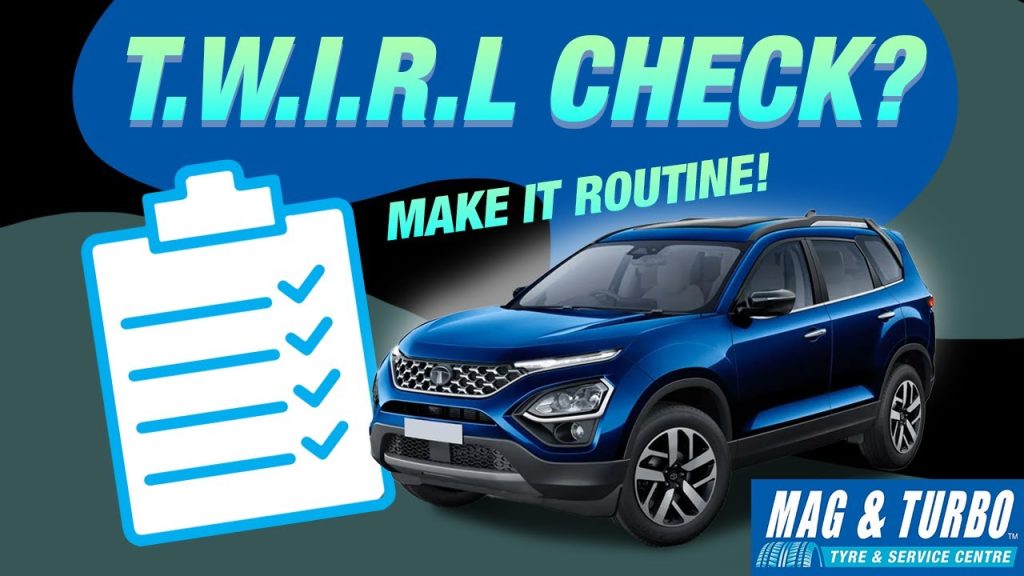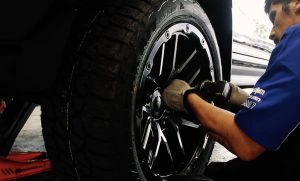- Home
- ›
- Blog Posts
- ›
- TWIRL Check – The Pre-Drive Checklist For Every Kiwi Motorist
TWIRL Check – The Pre-Drive Checklist For Every Kiwi Motorist

How often do you truly check if your vehicle is ready for the road before heading off on a road trip or daily commute? Did you know that most simple roadside breakdowns could be minimised with one simple pre-drive routine recommended by the NZ Police and NZTA – the TWIRL Check.
Borrowed from the world of professional driving, TWIRL is a powerful acronym that summarises the five most critical things you need to check before you even start the car. This process is straightforward and can be done at home without any specialised equipment. Ready to boost your confidence and safety on every journey? Let’s tick the TWIRL Check off your list!
What Is TWIRL And How Can It Improve Vehicle Safety?
TWIRL is a simple, five-point acronym that acts as a way to easily remember your essential pre-drive checklist, ensuring your vehicle is safe, compliant, and ready for New Zealand roads. Let’s break down what each letter of the TWIRL stands for and how you can make this five-minute habit a part of your regular car care routine.

Tyres (T)
Verifying that your tyres have adequate tread depth through visual inspection is the first place to start. You can usually assess this by examining the wear bars located within the tread grooves, checking to see if the tread is worn down to the bar, or if you can, in fact, see the bars. This gives a quick indication of whether your tyres meet the minimum safety depth of 1.5mm.
You also want to be checking for any visible cracks in the rubber and carry out a quick tyre pressure test. See here for more information on essential tyre checks and maintenance, or here for 5 warning signs your tyres might need replacing.

Windscreen, Wipers, Washers And Wing Mirrors (W)
For starters, ensure that your windscreen is clean and clear. Give it a quick wash to remove any bug splatter, smudges or dust film that could impact visibility in any way. Any chips or cracks in the windscreen should be fixed immediately.
Next up, check the level of windscreen washer fluid and top up the washer fluid reservoir if necessary. Locate the funnel cap under the bonnet (typically marked with a wiper icon) and fill it with your chosen washer fluid.
Inspect your wiper blades for any signs of damage, such as cracks or deterioration, and ensure that the rubber blade is securely attached. Ensure they are clean and clear of obstructions and working correctly. If your wiper blade produces a squeaking sound while in operation, it may be time to consider replacement, as this can hinder effective debris and water removal, leaving streaks and spots on the windscreen, which can impact visibility. Lastly, do not forget to give your wing mirrors a clean – they are crucial for side visibility, particularly when reversing and during motorway driving.

Indicators (I)
Always ensure all indicators are functioning correctly before setting out. The easiest way is to turn on your hazard lights and walk around your vehicle to verify they are all operational.
A malfunctioning indicator can prevent other drivers from understanding your intended direction, which can be quite dangerous, especially when travelling at high speeds. You also want to do a quick check for dashboard warning lights and gauges to ensure everything is as it should be.
Rust (R)
More on the legal side of things, conducting a visual inspection for rust in accessible areas is advisable if you drive an older car. Pay particular attention to areas around the windscreen and door pillars.
If you suspect rust on the underbody, it is recommended to check with an automotive panel shop expert to evaluate whether it poses a risk, as it can compromise the structural integrity of your vehicle and its mechanical components.

Lights (L)
Always check that your headlights are functioning properly, along with your brake lights and reverse lights. This one is especially important if you are going to be travelling after dark. Have someone stand in front and behind the vehicle to assist in checking these lights while you remain inside the car, managing the controls.
Bonus Tip: Don’t forget to top up any fluids such as oil and water where needed too, and listen out for unusual noises, they usually indicate something is wrong!
Give yourself peace of mind while driving, this entire check should take you less than five minutes, that’s less time than it takes to queue for a flat white! If you have any questions about vehicle maintenance or tyre safety checks, be sure to visit your local Mag & Turbo, your local tyre, suspension, servicing and mag wheel specialists.


